The Hoa Lu Ancient Capital Special National Relic Site (in Hoa Lu District, Ninh Binh Province) is a special national relic complex. This place still preserves historical relics associated with the three dynasties of Dinh, Tien Le and the early period of Ly Dynasty and is also home to many artifacts recognized as national treasures.
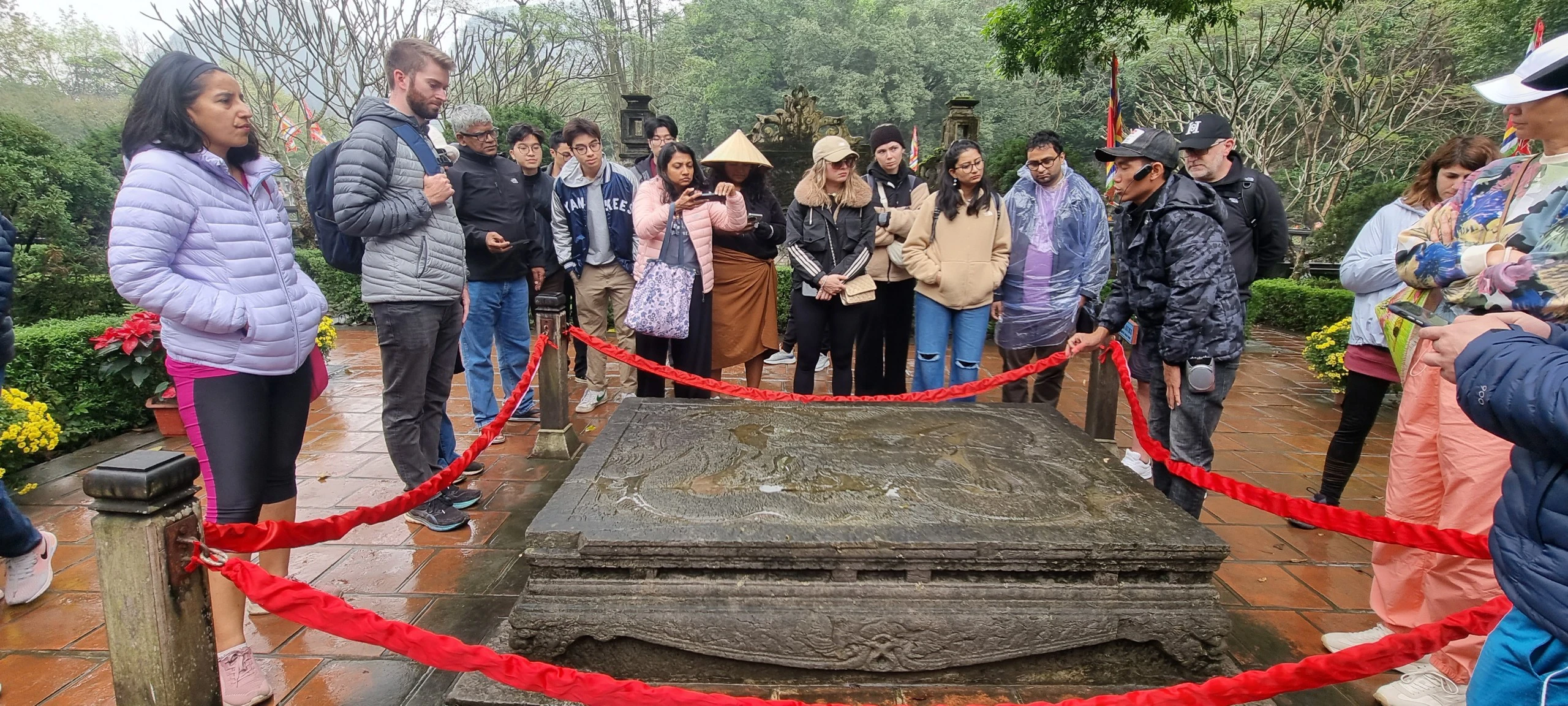
The dragon bed in front of the outer gate of King Dinh Tien Hoang Temple is visited by tourists.
Among them, the national treasures include: The pair of Dragon beds at the Temple of King Dinh Tien Hoang and the Buddhist Sutra Column at Nhat Tru Pagoda. These are works of art meticulously carved and polished to every detail, appearing for thousands of years.
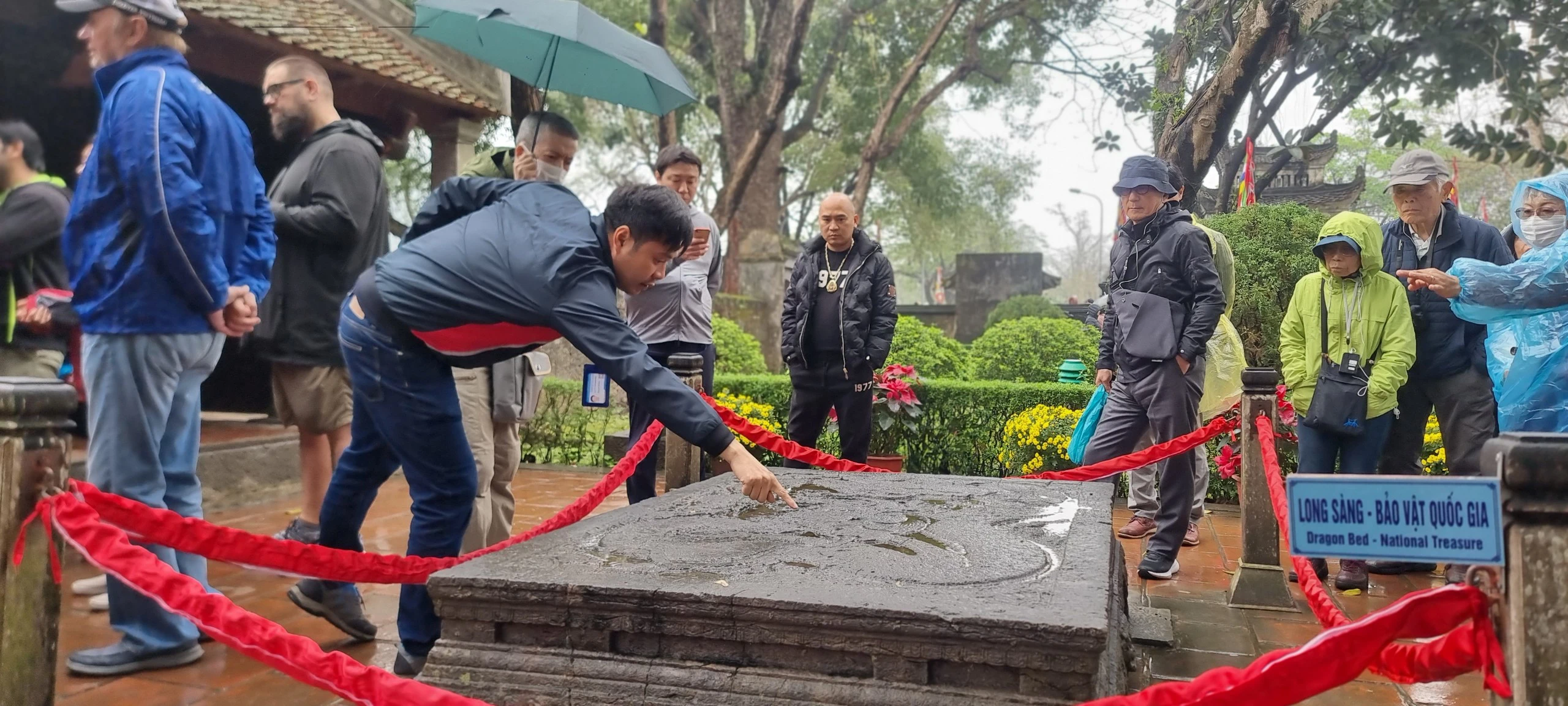
The first Dragon Bed is placed in front of the outer gate of the Temple of King Dinh Tien Hoang. This is a unique artifact crafted by the Le - Trinh feudal court for the purpose of making a sacrificial offering at the temple.
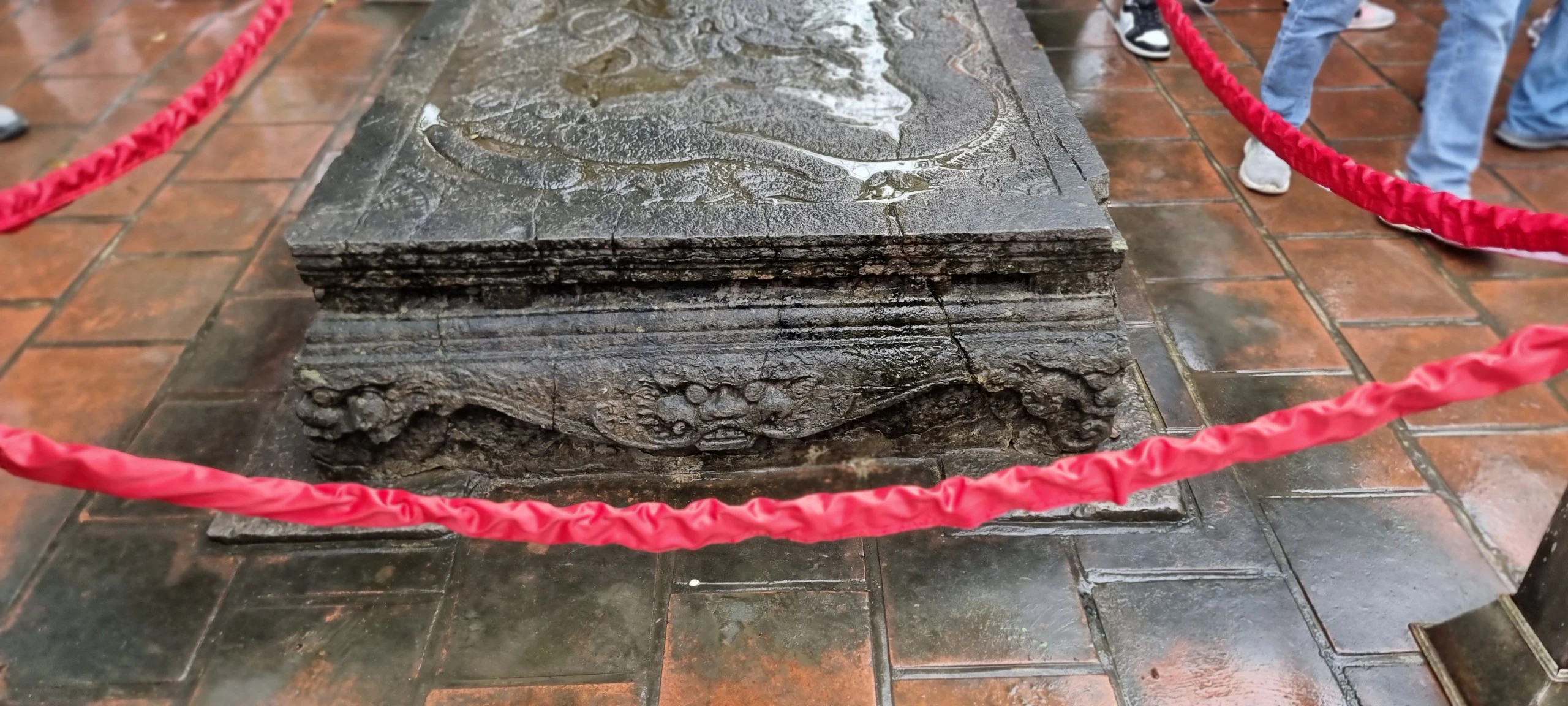
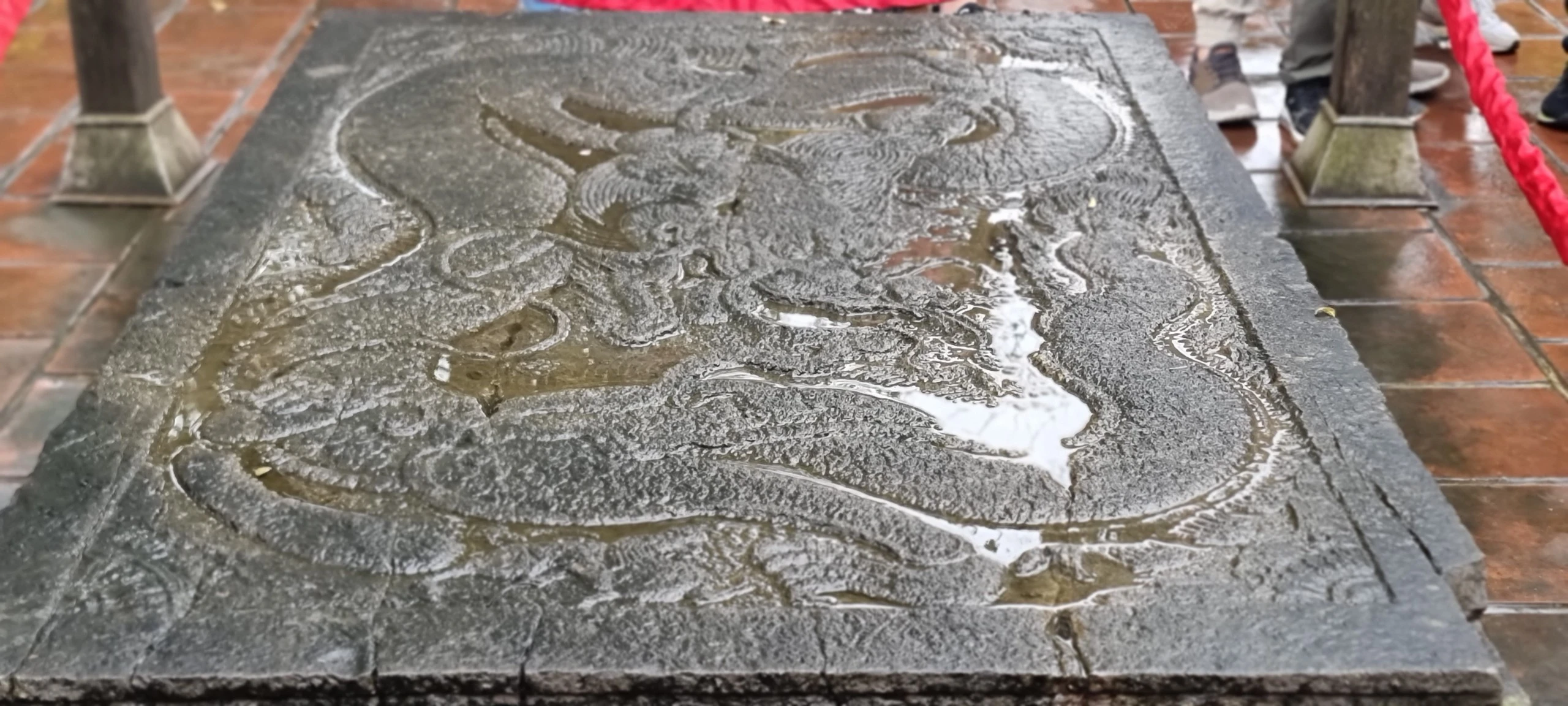
In the middle of the Long bed is a coiled dragon decoration with all the typical features of dragons from the Le - Trinh period; the dragon's body is curved like a saddle, the head is large, the mane is large and tilted backwards, the mouth is wide open holding a pearl, sharp fangs, two-pronged horns, the dragon's tail is majestically swooped backwards.
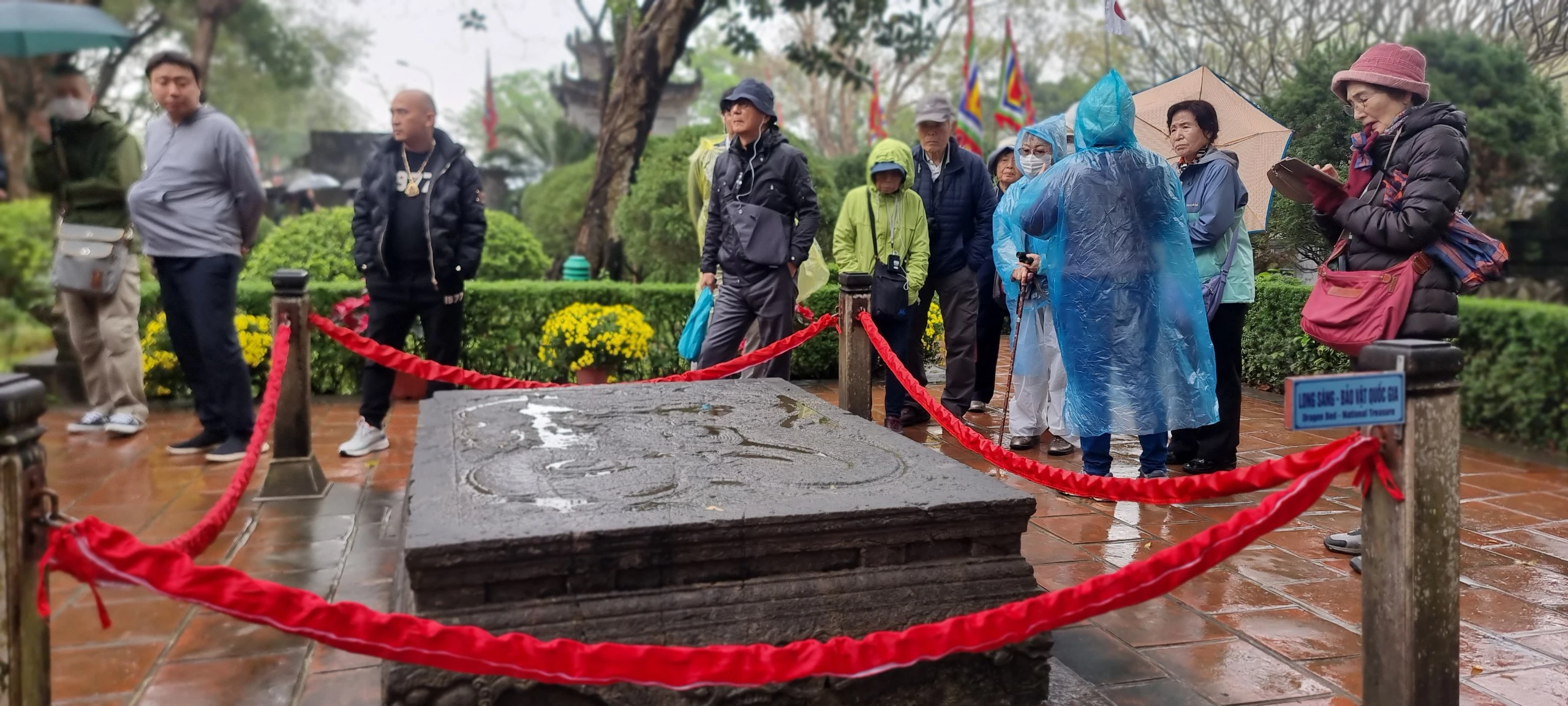
This dragon bed dates from the early 17th century (Le Trung Hung period, 9th year of Hoang Dinh reign, 1608) and is made from a single block of green stone, rectangular in shape, weighing about 1.5 tons (127cm wide, 187cm long), with a slightly sloping base creating a sturdy kneeling shape (134cm wide, 196cm long).
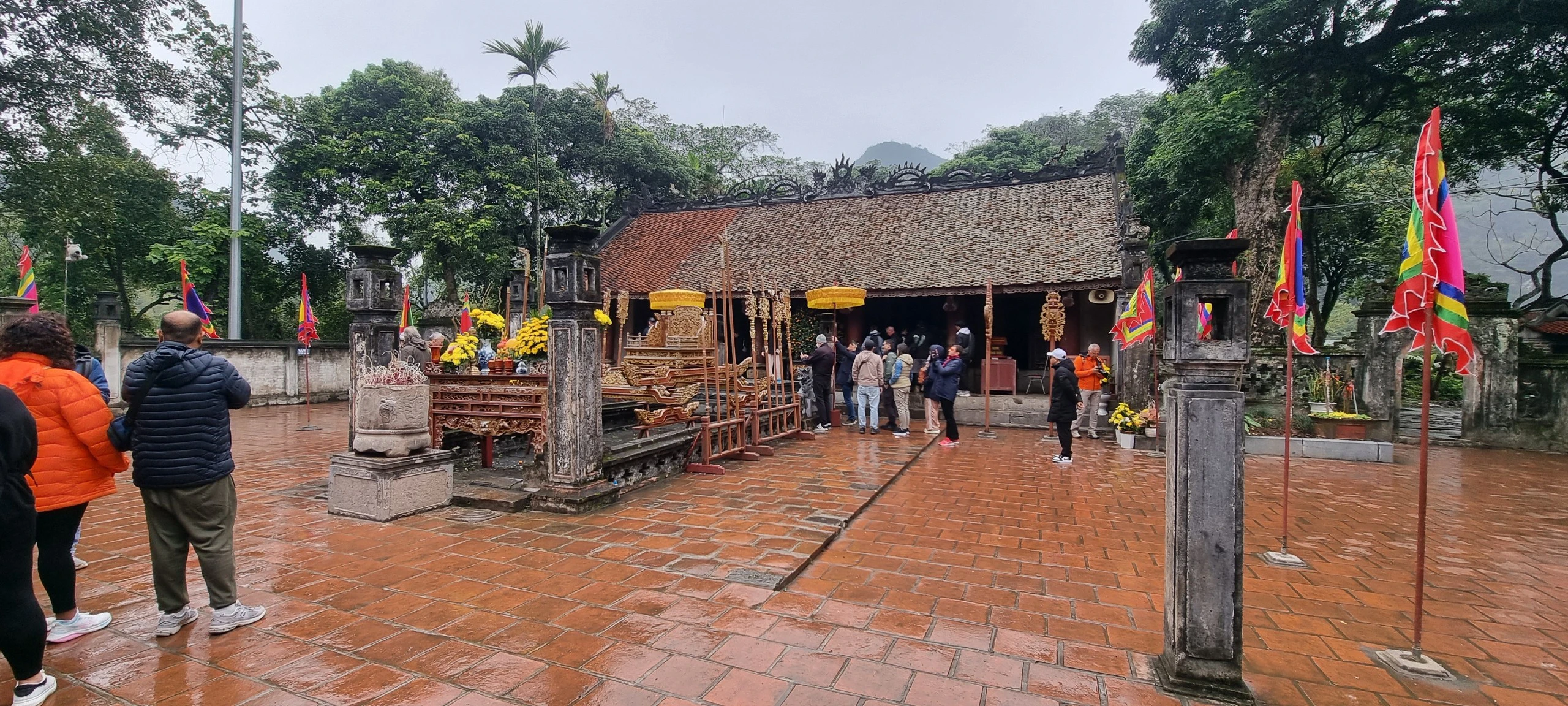
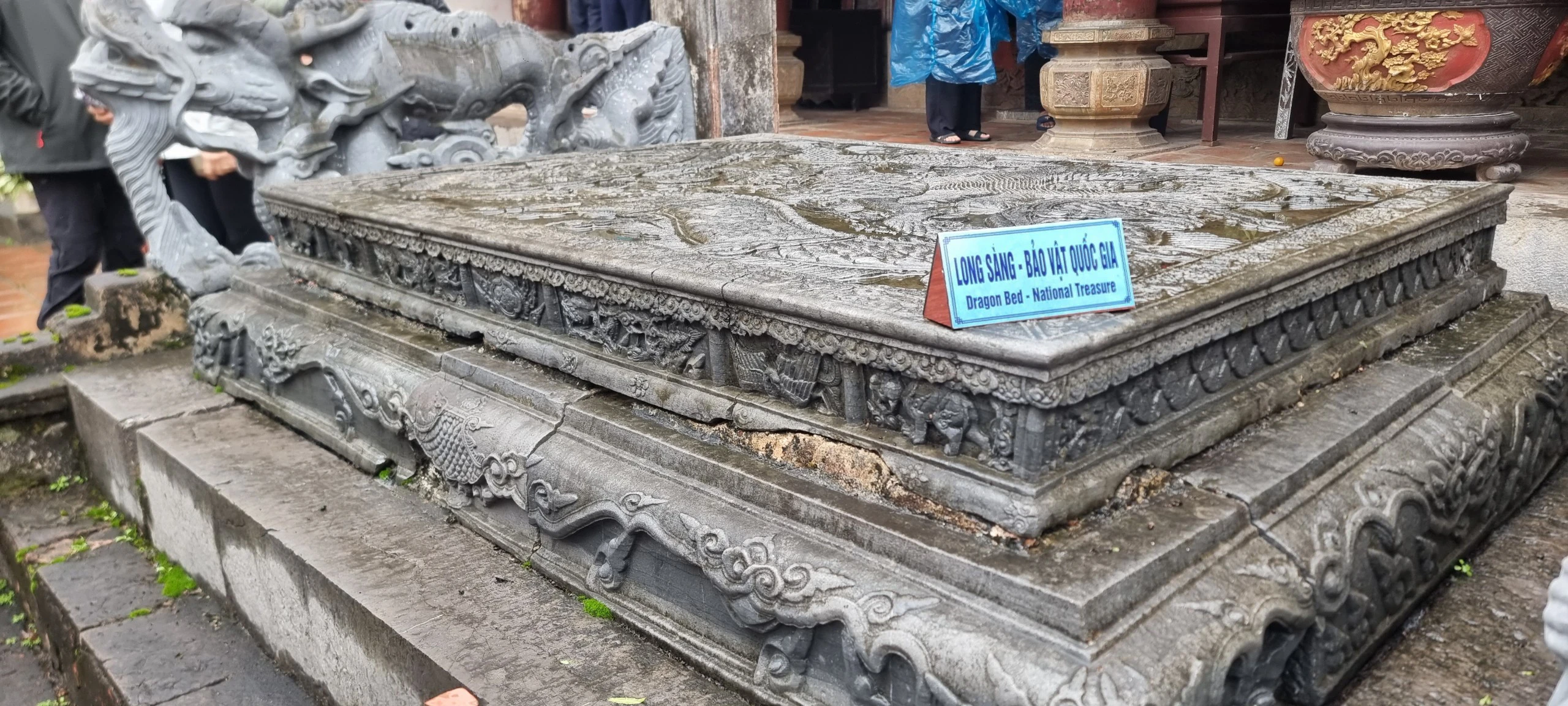
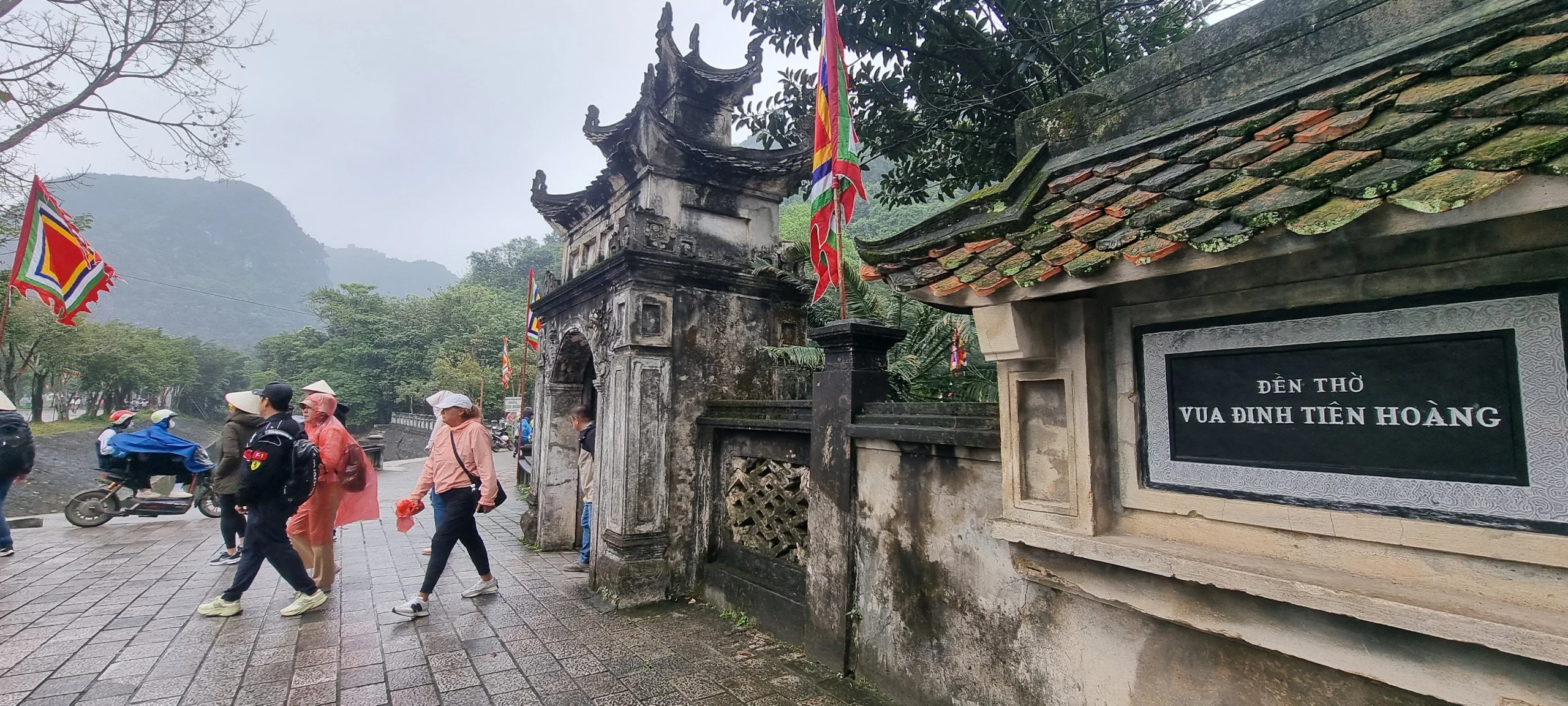
The second Dragon Bed is placed in front of the Worship Hall of King Dinh Tien Hoang Temple, which is over 300 years old. This Dragon Bed is also carved from a rectangular block of stone, weighing about 2 tons (18cm thick, 188cm long, 138cm wide). The center of the surface is carved with a dragon symbolizing the supreme power of the king.
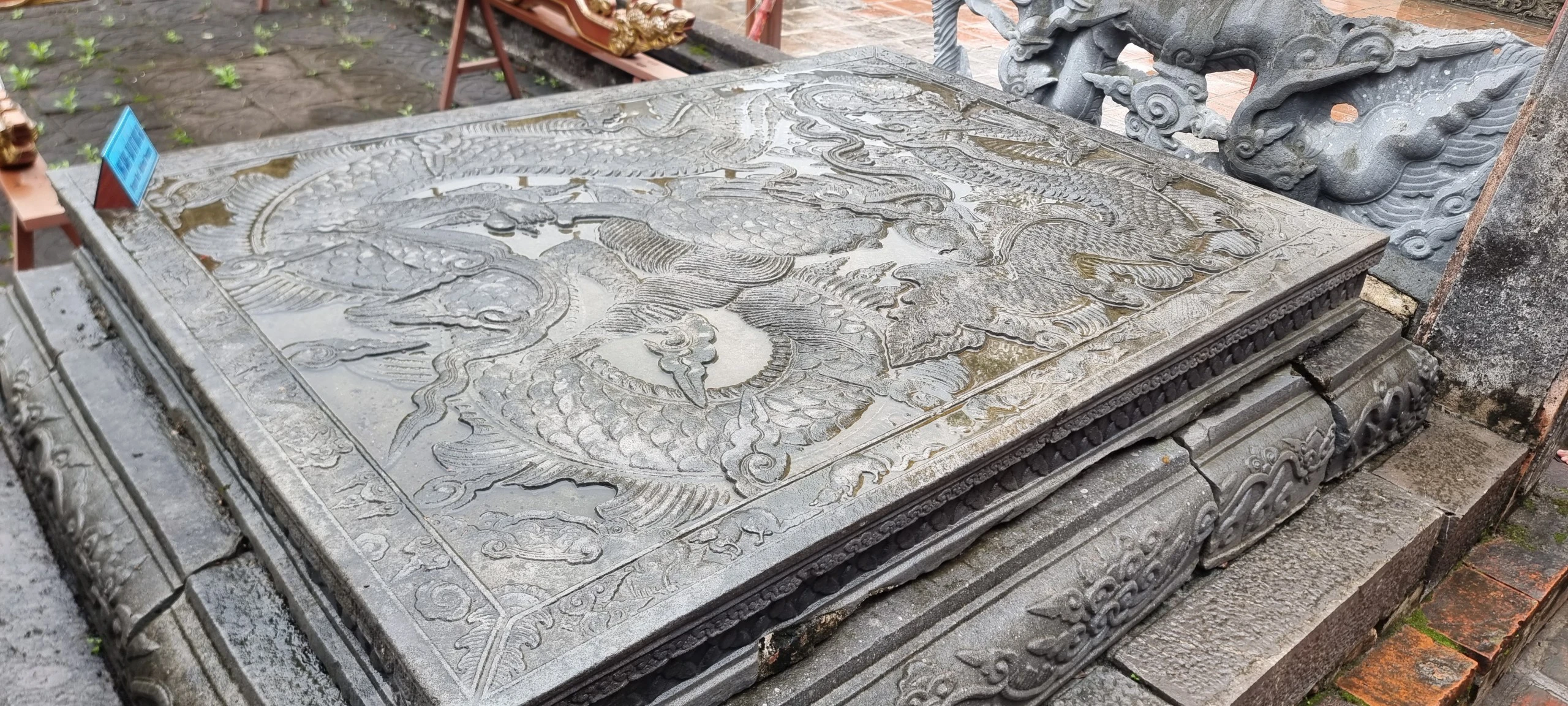
On the surface, the dragon is in a circular shape, its head facing east, looking up at the top of Ma Yen mountain. Around the surface of the Dragon Bed are carved decorative borders with elaborate, non-symmetrical patterns.
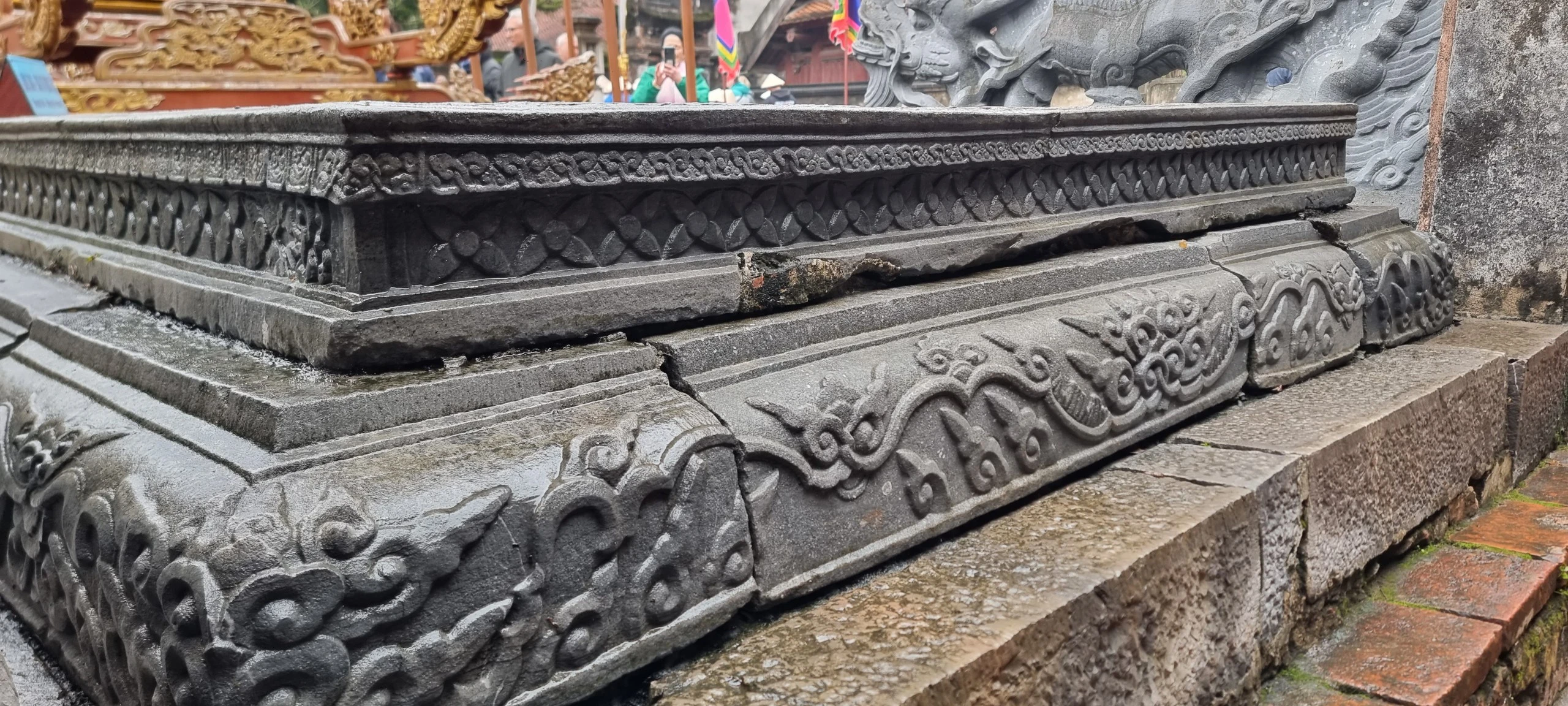
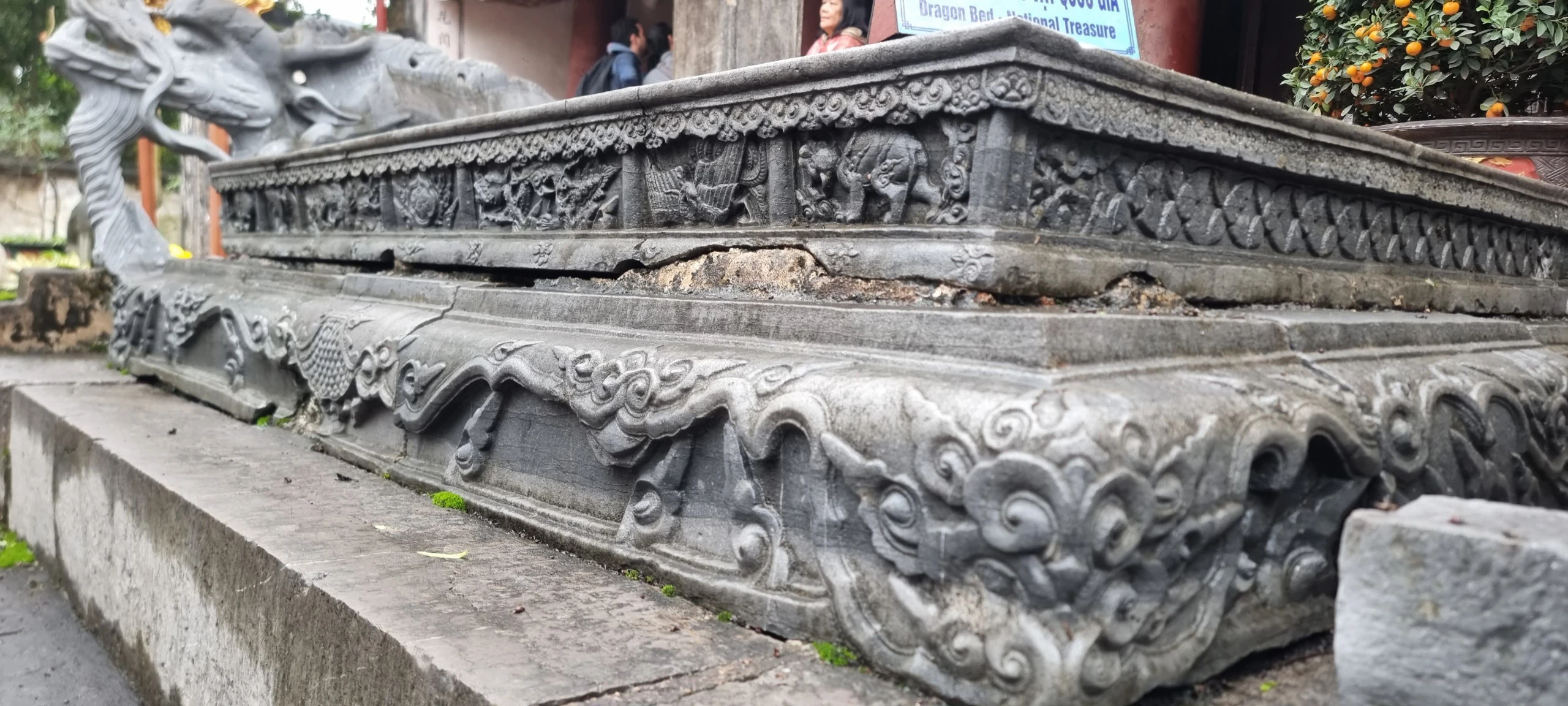
The front border is decorated with two dragons facing the sun with majestic swords and spears; the back border is decorated with wild animals familiar to farmers such as shrimp, fish, mice, buffaloes... The base consists of nine stone blocks, of uneven sizes, rounded evenly, and tapered towards the top, creating a solid position to support the Dragon Bed.
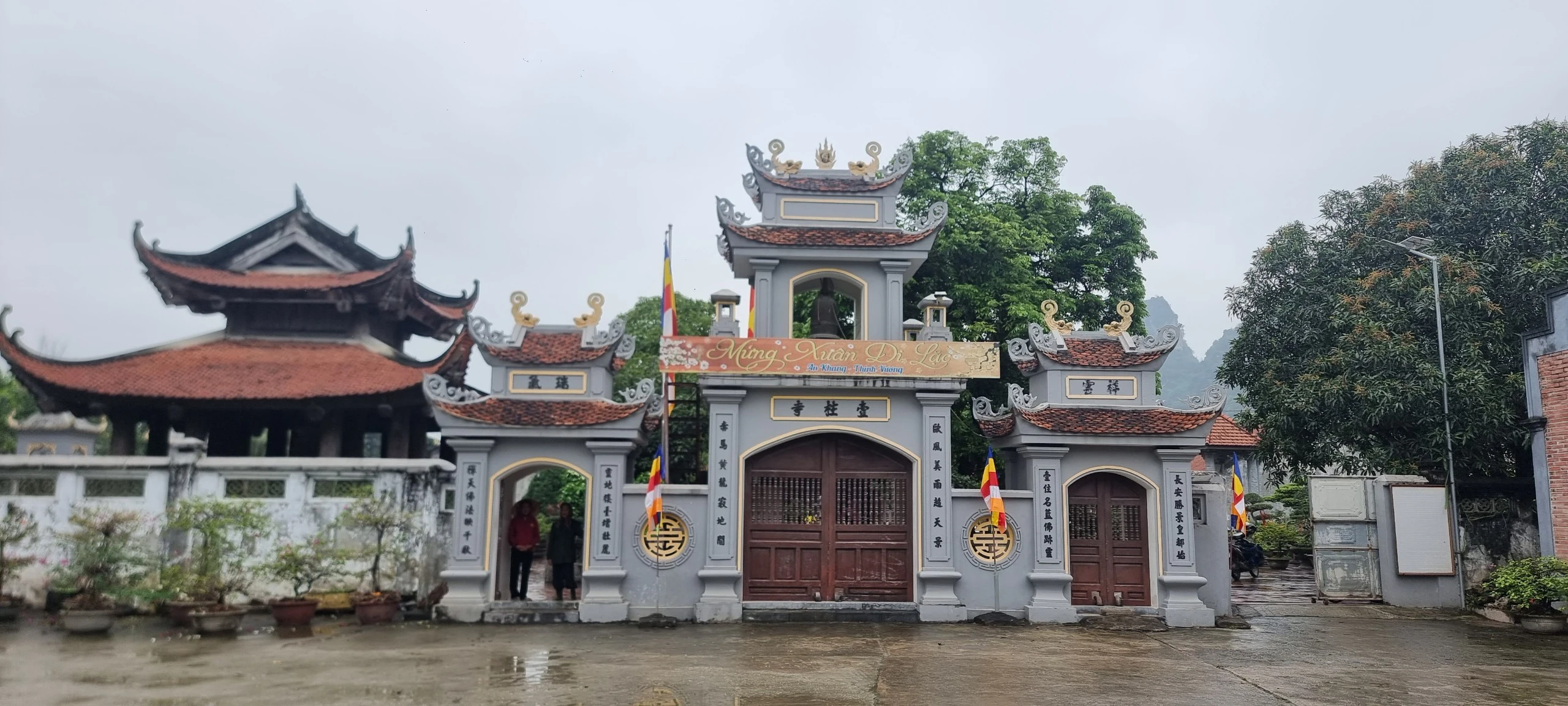
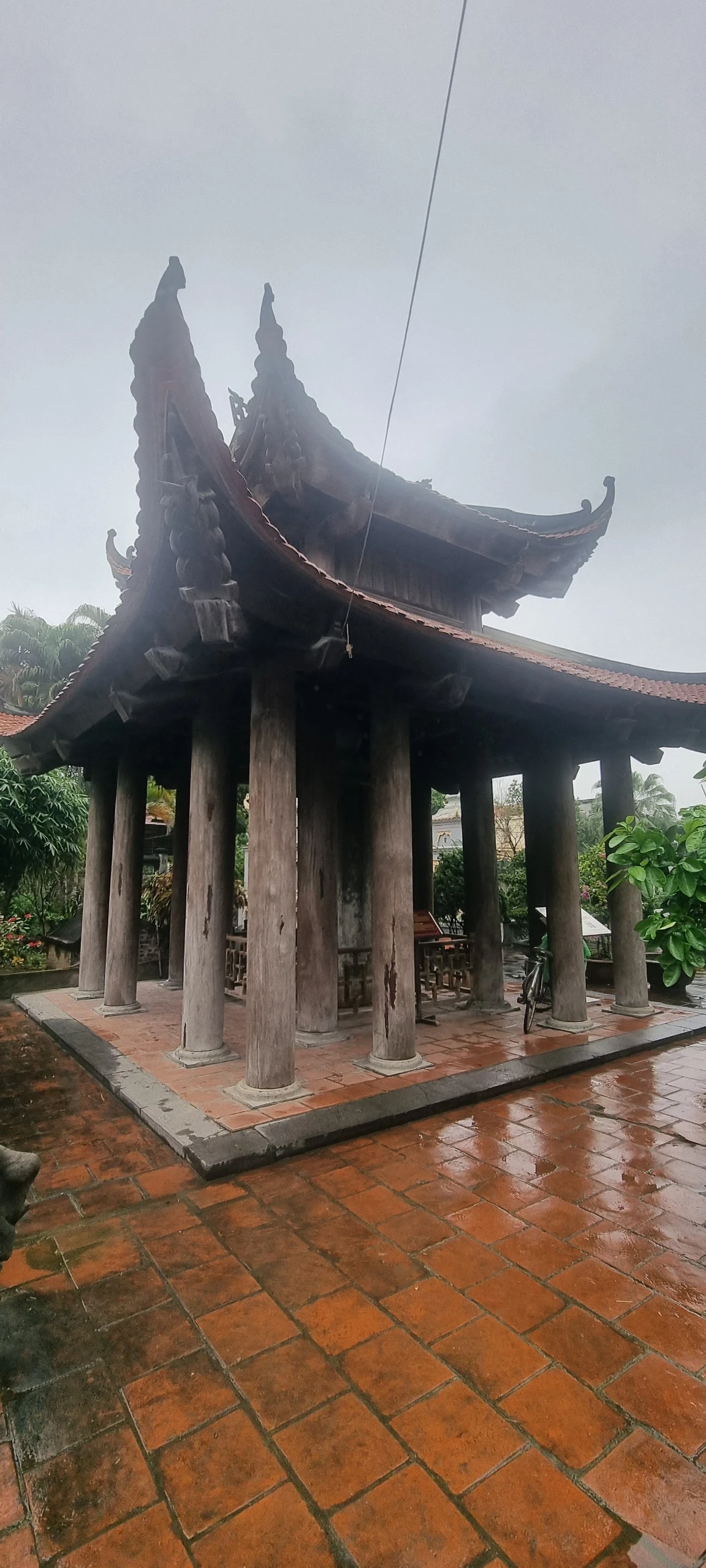
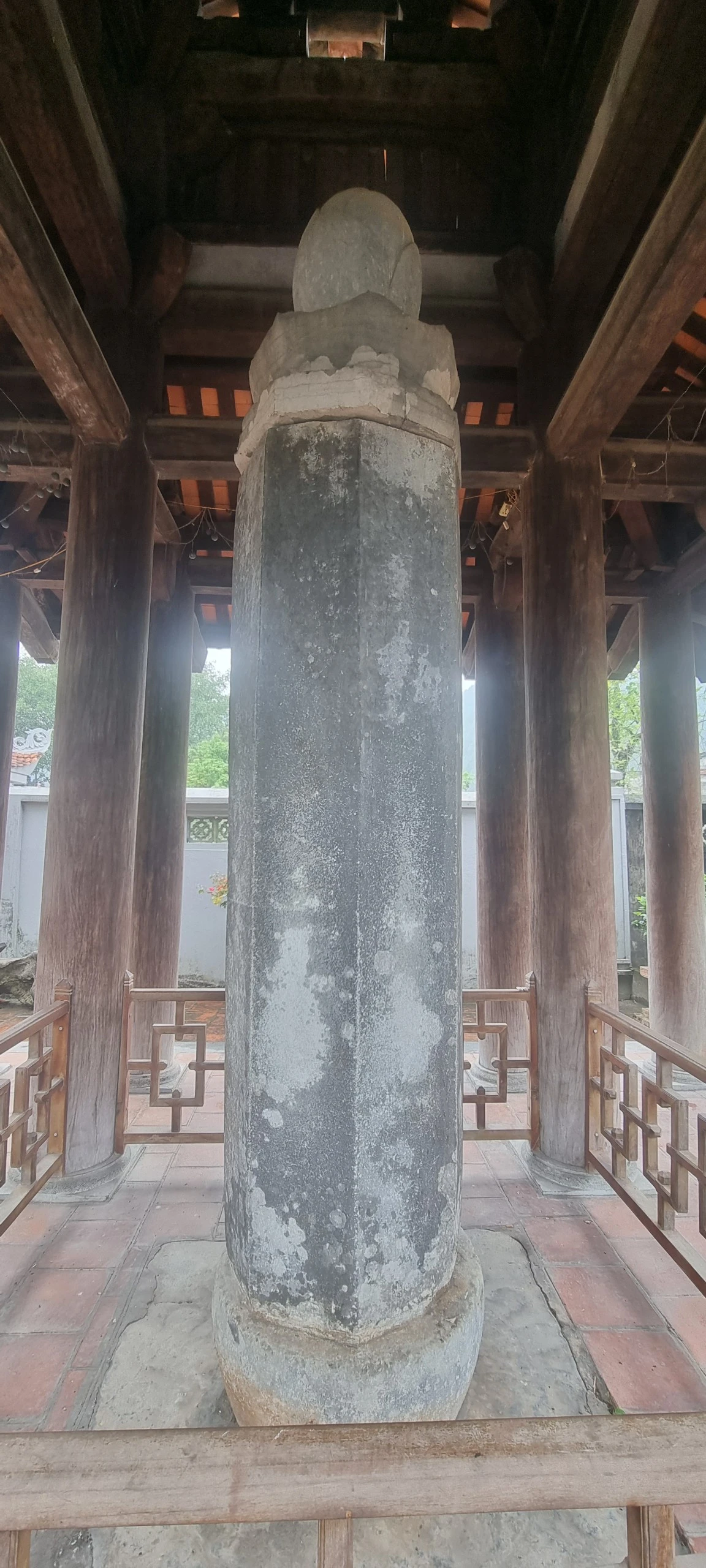
Nhat Tru Pagoda is about 100m from Dinh Tien Hoang Temple, where a limestone Buddhist pillar with a geological age of about 300 million years is kept. The 4.16m high Buddhist pillar weighs about 4.5 tons and is placed on a lotus-shaped green stone pedestal.
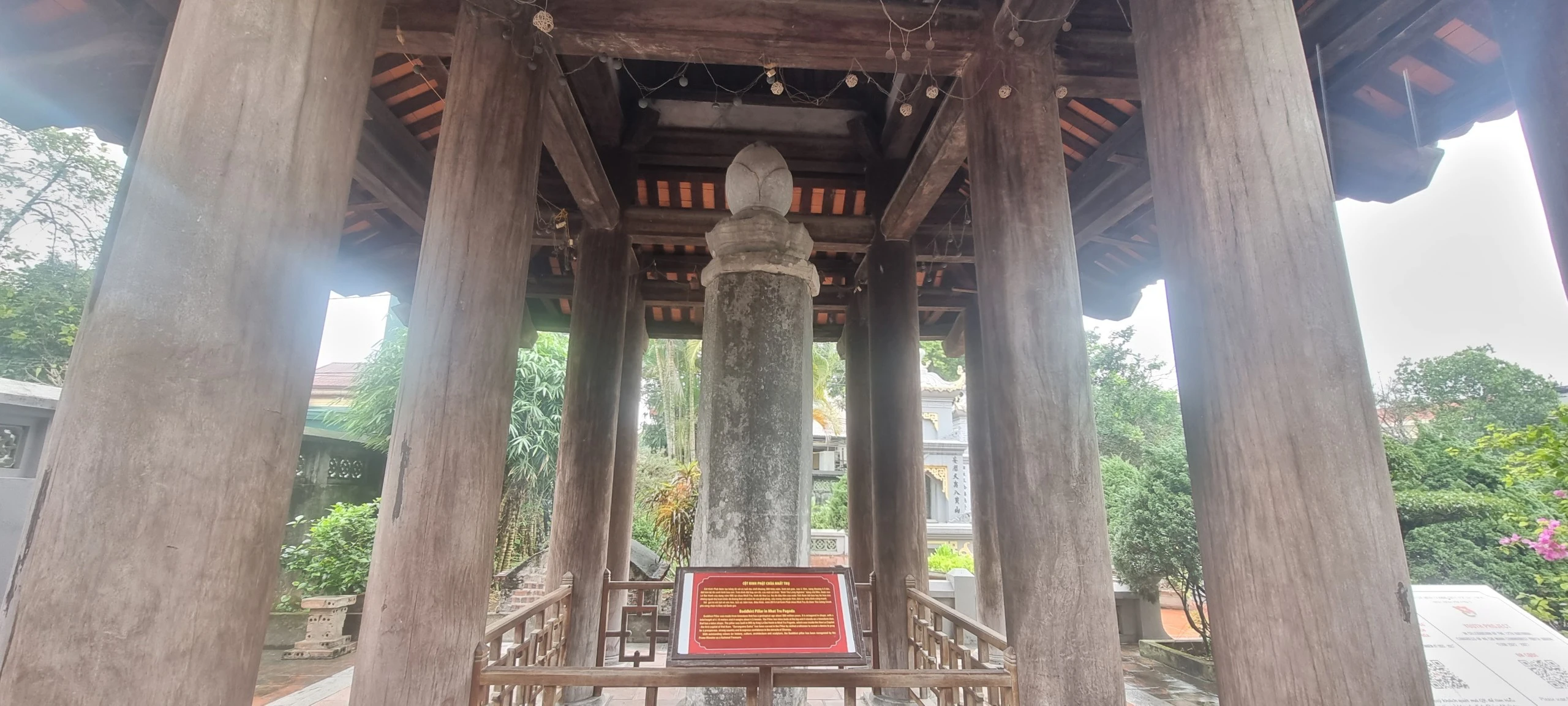
According to the date recorded on the artifact, the Buddhist pillar of Nhat Tru Pagoda was erected by King Le Dai Hanh in 995, consisting of 6 parts assembled together by brackets, including: Square base, round base, octagonal body, octagonal board, octagonal base and lotus top. All parts are attached together completely without using adhesives, but are very sturdy even after thousands of years.
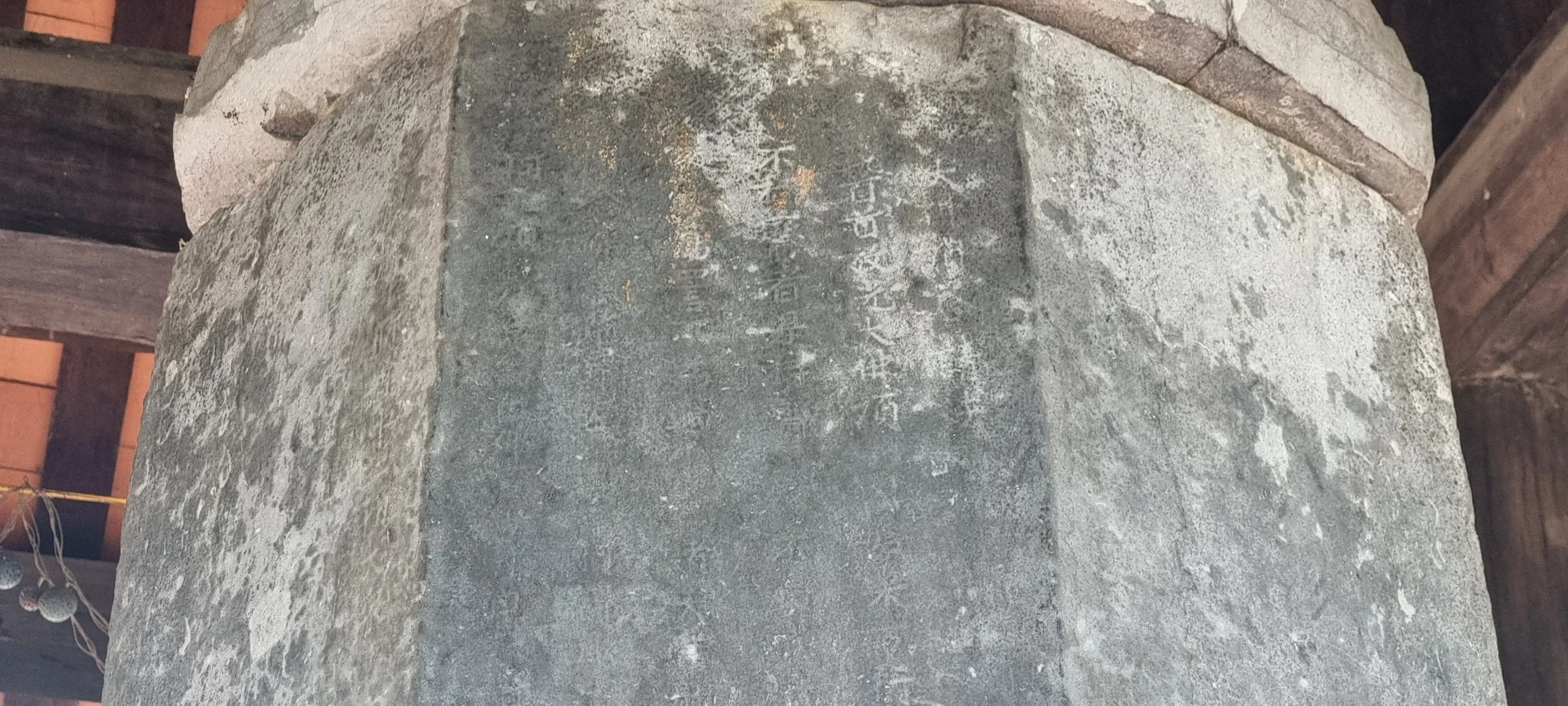
On all eight sides of the pillar are carved Chinese characters, about 2,500 characters, but the lower half of the pillar has no characters, only the upper half has characters, but they are not complete, some parts are blurred and difficult to read. Of these, only four sides can still read some lines, the remaining four sides are completely blurred, however, it is still possible to see the text of this stone pillar including inscriptions, verses, and sutras.
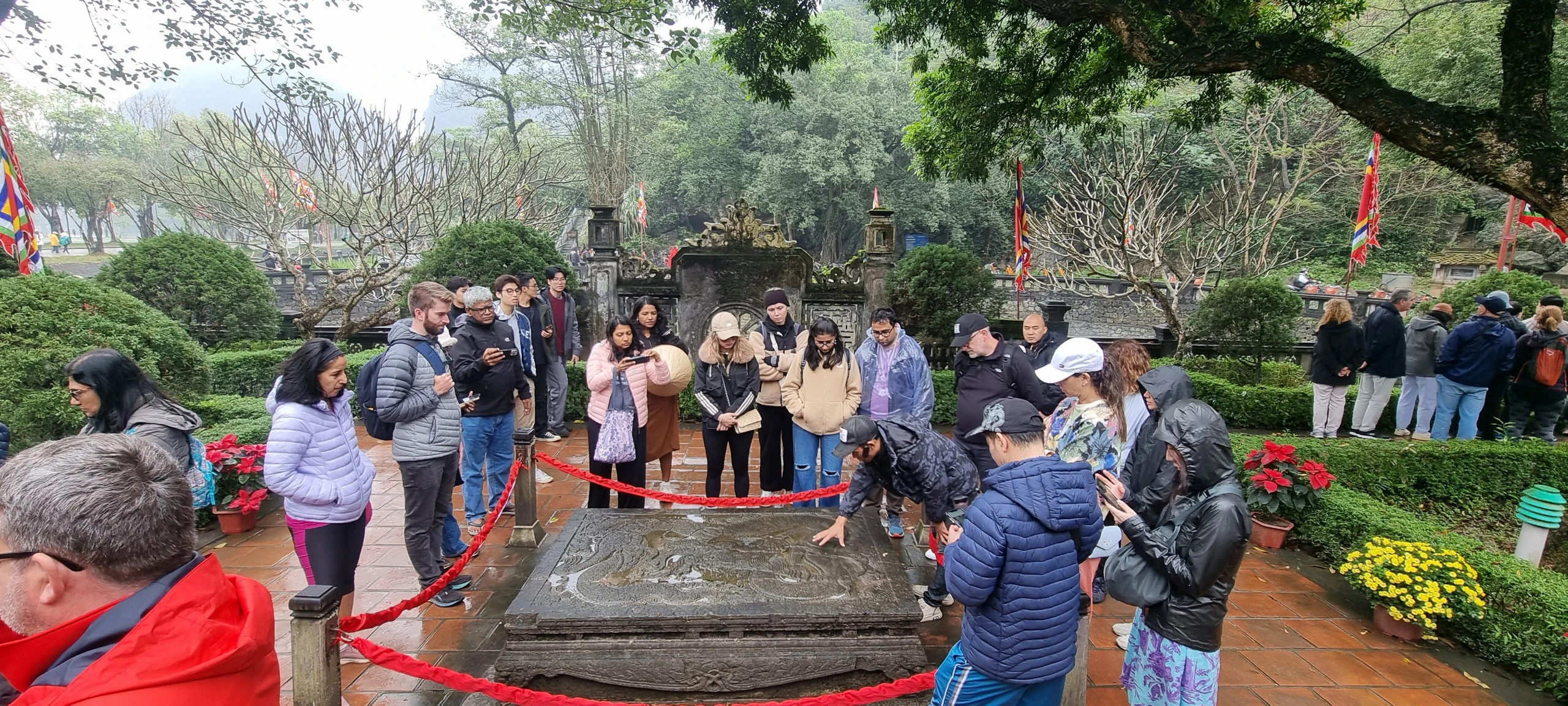
Speaking to Giao thong Newspaper, Mr. Giang Bach Dang, Director of the Center for Preservation of Historical and Cultural Relics of Hoa Lu Ancient Capital (Ninh Binh Department of Tourism ) said that national treasures are strictly protected. In addition to propaganda for tourists and locals, there is a camera surveillance system and 24/7 security guards to look after the treasures.



According to Mr. Dang, due to the characteristics, nature and function of the artifacts, which are directly affected by weather and climate, the Department of Tourism has used nano-coating method for the above 2 Dragon beds to overcome the direct impacts of climate and mold factors. As for the Buddhist pillar, a shelter has been built, with wooden railings for protection and is in good condition. Up to now, the treasures have remained in the same condition as before the conservation and construction of the national treasure dossier.
Source


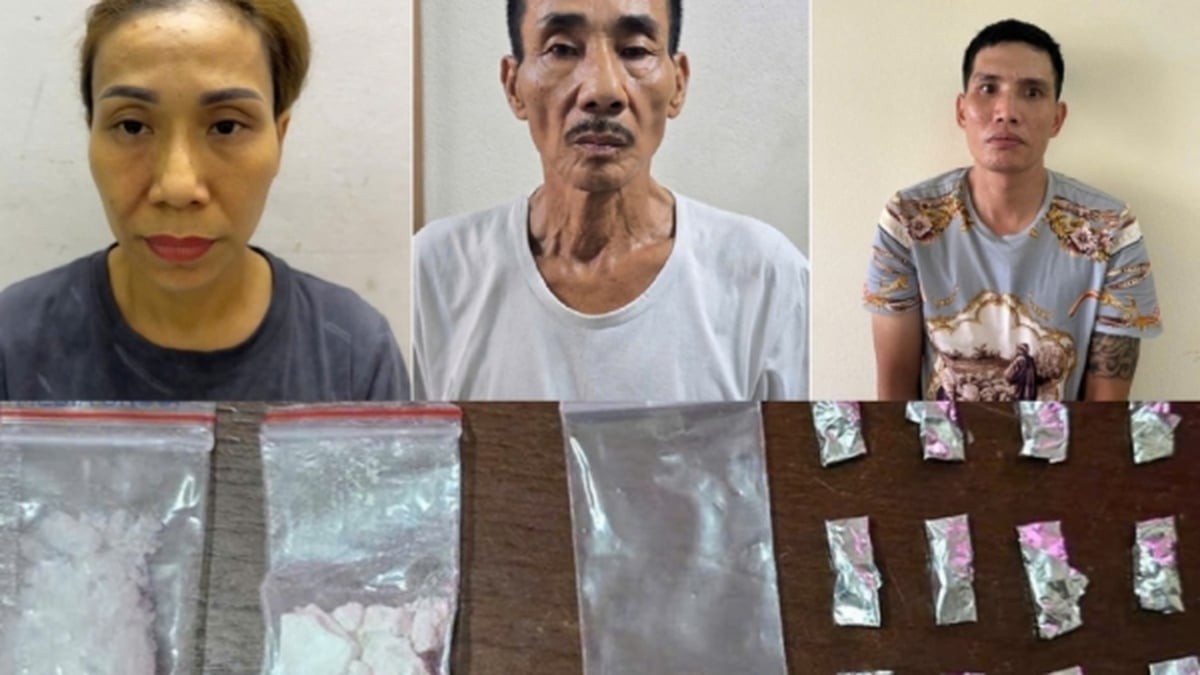



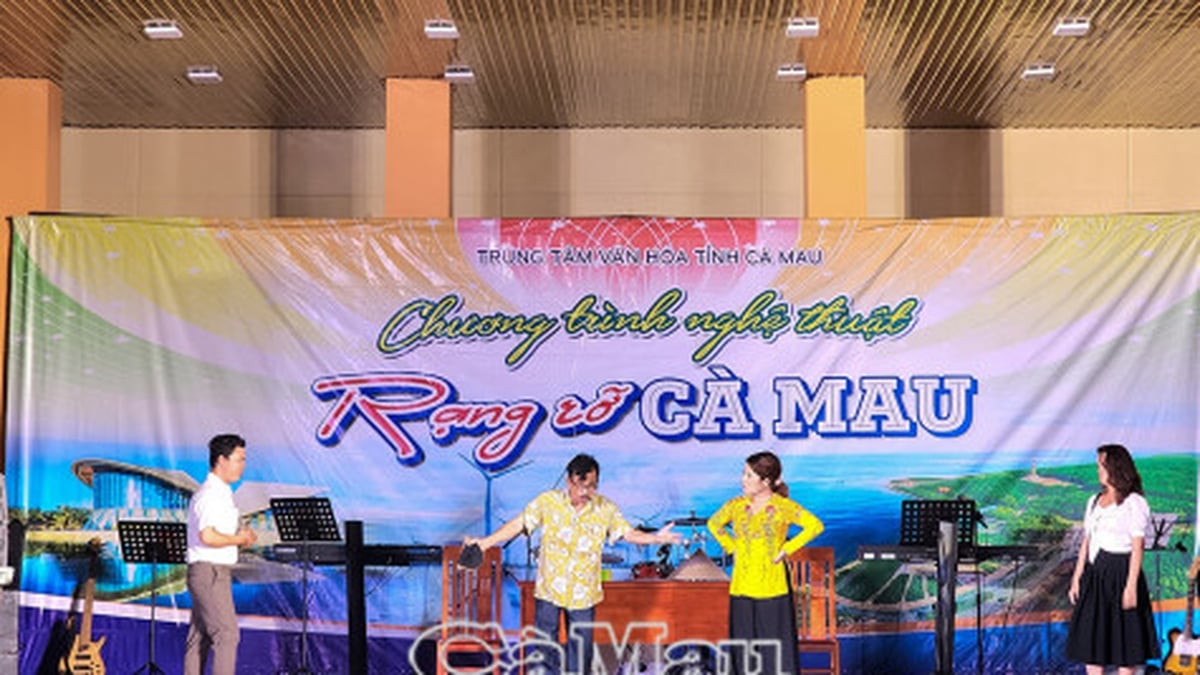
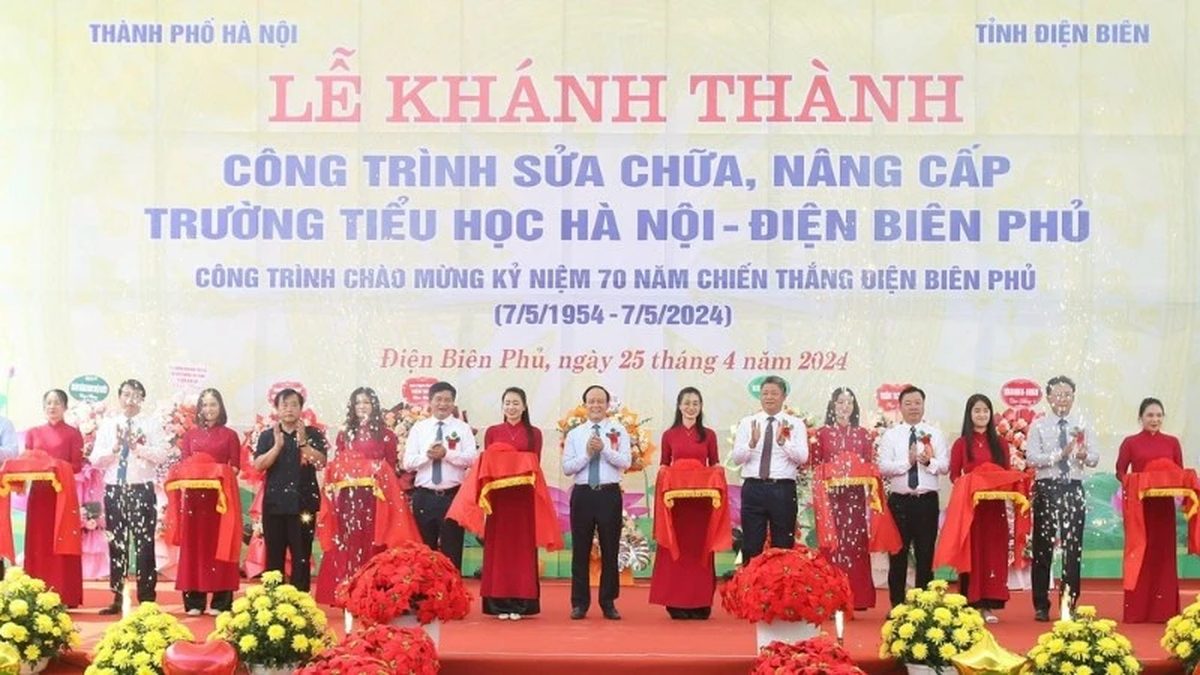
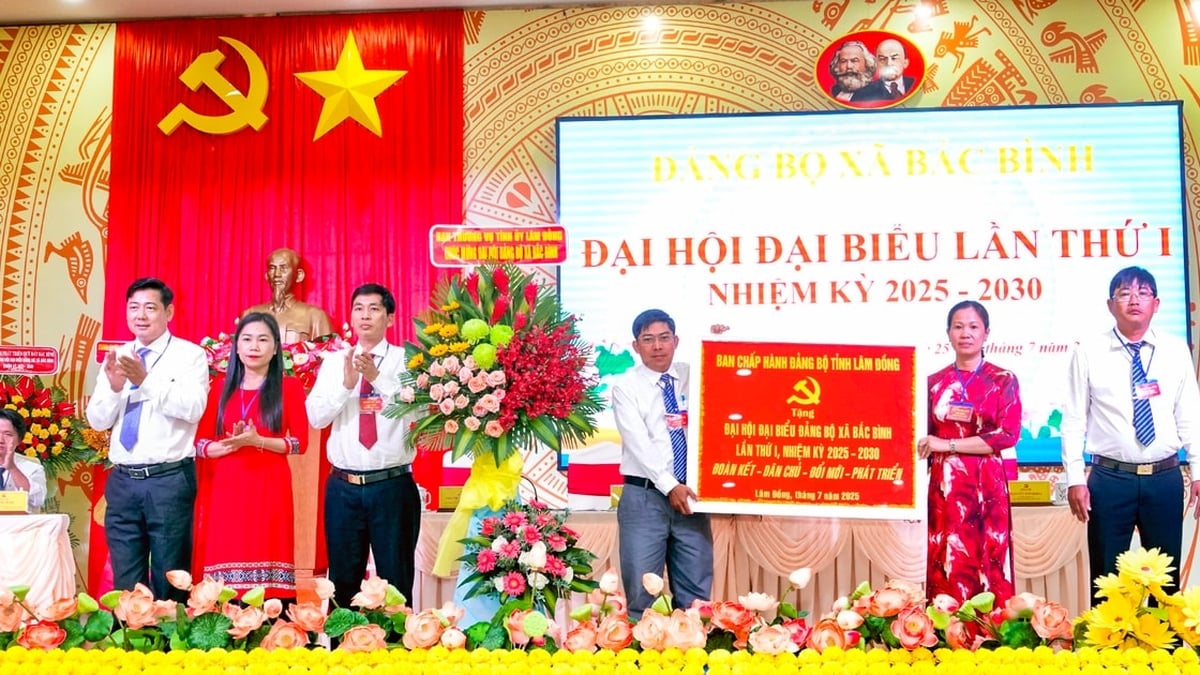
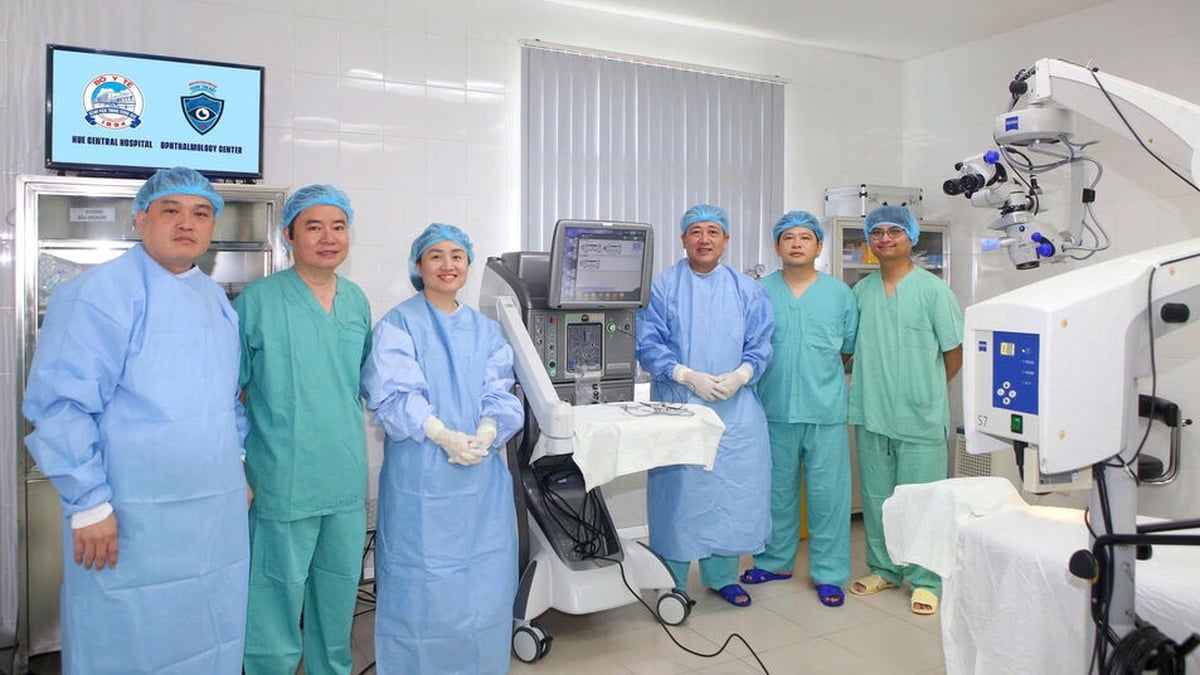
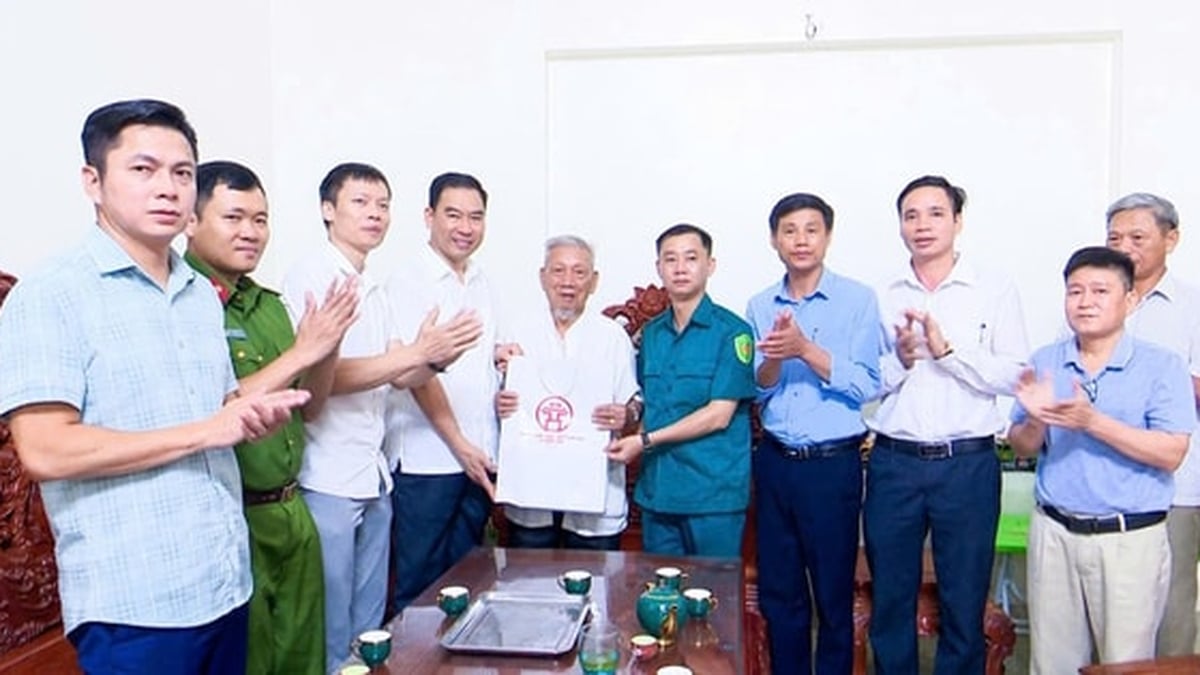
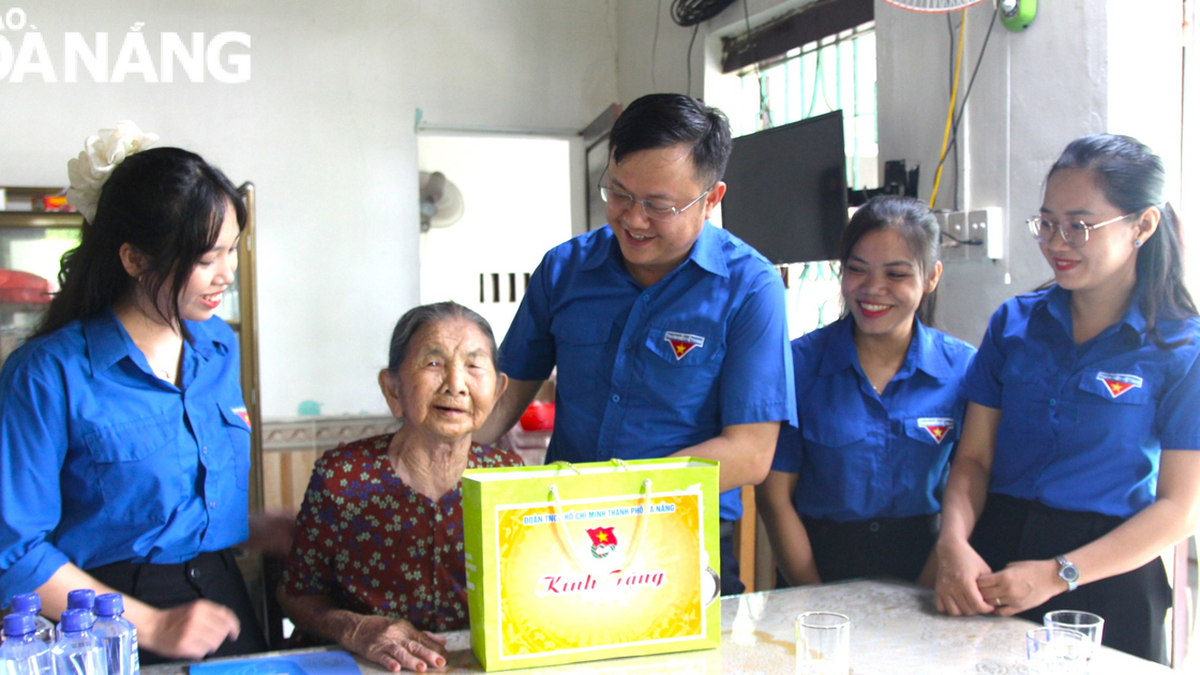



















![[Photo] Signing of cooperation between ministries, branches and localities of Vietnam and Senegal](https://vphoto.vietnam.vn/thumb/1200x675/vietnam/resource/IMAGE/2025/7/24/6147c654b0ae4f2793188e982e272651)
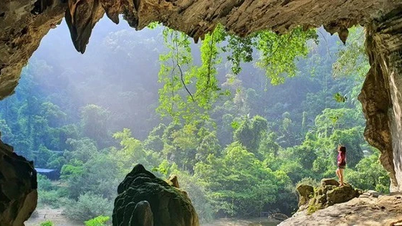

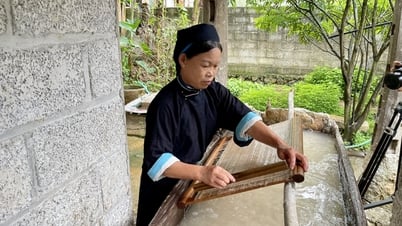

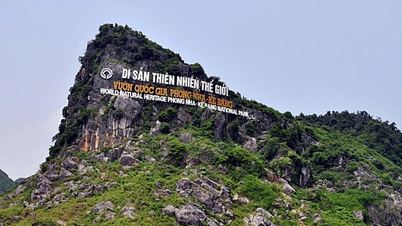











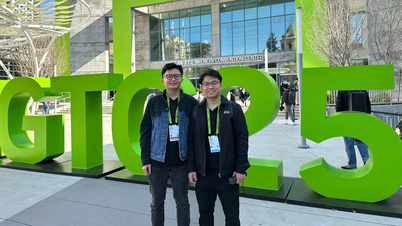
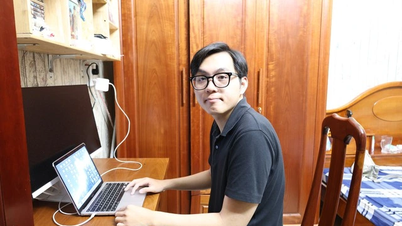












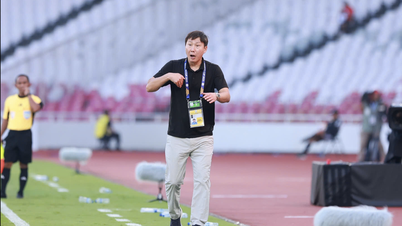

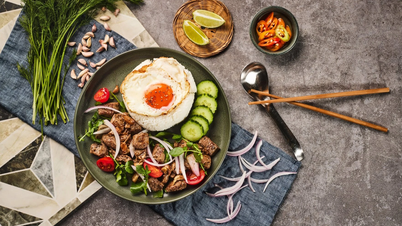




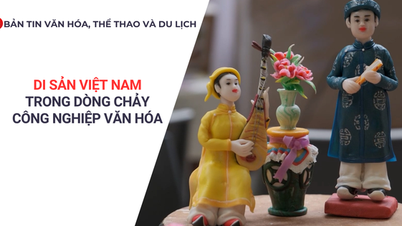



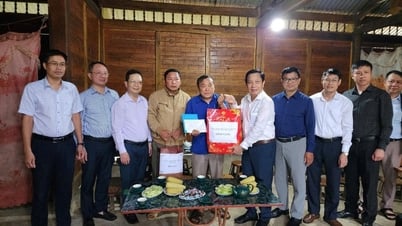



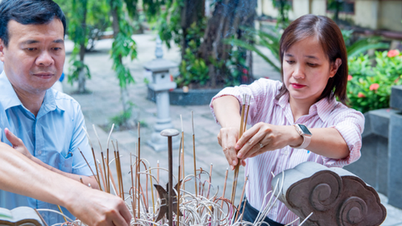























Comment (0)